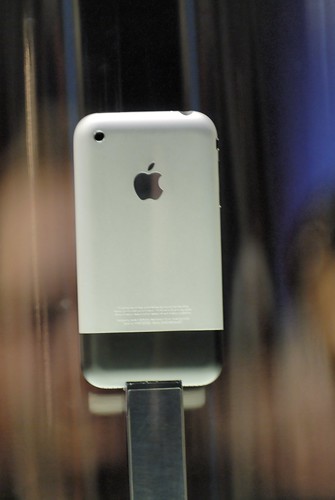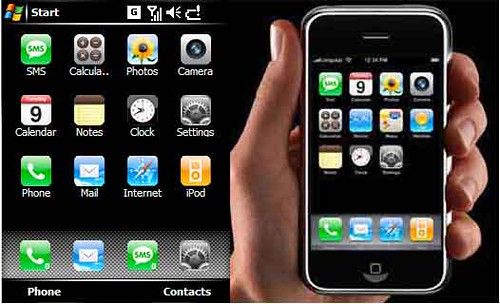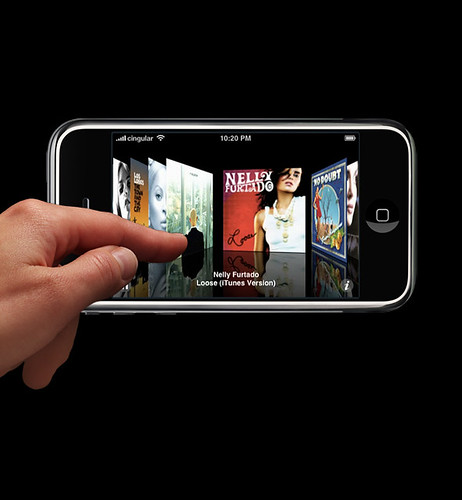Electronic devices can use lots of different methods to detect a person's input on a touch-screen. Most of them use sensors and circuitry to monitor changes in a particular state. Many, including the iPhone, monitor changes in electrical current. Others monitor changes in the reflection of waves. These can be sound waves or beams of near-infrared light. A few systems use transducers to measure changes in vibration caused when your finger hits the screen's surface or cameras to monitor changes in light and shadow.
The basic idea is pretty simple -- when you place your finger or a stylus on the screen, it changes the state that the device is monitoring. In screens that rely on sound or light waves, your finger physically blocks or reflects some of the waves. Capacitive touch-screens use a layer of capacitive material to hold an electrical charge; touching the screen changes the amount of charge at a specific point of contact. In resistive screens, the pressure from your finger causes conductive and resistive layers of circuitry to touch each other, changing the circuits' resistance.
Most of the time, these systems are good at detecting the location of exactly one touch. If you try to touch the screen in several places at once, the results can be erratic. Some screens simply disregard all touches after the first one. Others can detect simultaneous touches, but their software can't calculate the location of each one accurately. There are several reasons for this, including:
To allow people to use touch commands that require multiple fingers, the iPhone uses a new arrangement of existing technology. Its touch-sensitive screen includes a layer of capacitive material, just like many other touch-screens. However, the iPhone's capacitors are arranged according to a coordinate system. Its circuitry can sense changes at each point along the grid. In other words, every point on the grid generates its own signal when touched and relays that signal to the iPhone's processor. This allows the phone to determine the location and movement of simultaneous touches in multiple locations. Because of its reliance on this capacitive material, the iPhone works only if you touch it with your fingertip -- it won't work if you use a stylus or wear non-conductive gloves.
The iPhone's screen detects touch through one of two methods: Mutual capacitance or self capacitance. In mutual capacitance, the capacitive circutry requires two distinct layers of material. One houses driving lines, which carry current, and other houses sensing lines, which detect the current at nodes. Self capacitance uses one layer of individual electrodes connected with capacitance-sensing circuitry. Both of these possible setups send touch data as electrical impulses. The iPhone's processor and software are central to correctly interpreting input from the touch-screen. The capacitive material sends raw touch-location data to the iPhone's processor. The processor uses software located in the iPhone's memory to interpret the raw data as commands and gestures. Here's what happens:
|
Tuesday, 26 June 2007
How the Apple iPhone Works
Posted by
afolarin
at
10:43
![]()
Labels: apple, iphone launch, touch screen technology
Subscribe to:
Post Comments (Atom)




















0 comments:
Post a Comment